Talking about kitchen renovation and plumbing upgrades, the kitchen faucet plays a pivotal role in both functionality and aesthetics. One essential component often overlooked is the supply line adapter. This small yet crucial device connects the faucet to the water supply lines, ensuring a seamless flow of water to the sink. Understanding the different types, sizes, and installation methods of kitchen faucet supply line adapters is essential for a successful kitchen upgrade project.
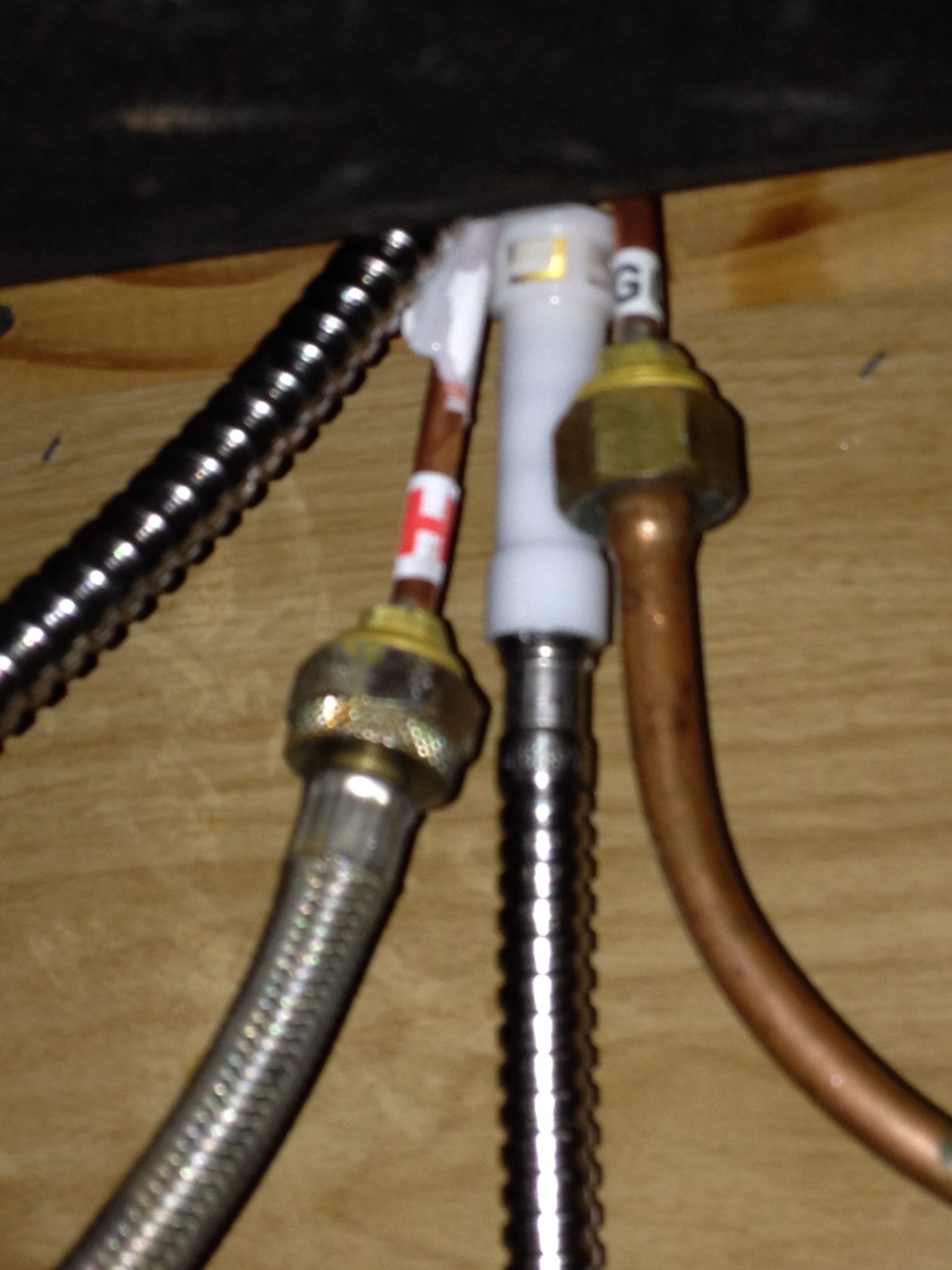
Types of Supply Line Adapters
Kitchen faucet supply line adapters come in various types to accommodate different faucet and plumbing configurations. The most common types include compression fittings, push-to-connect fittings, and threaded adapters. Compression fittings feature a nut and ferrule design, requiring a wrench for installation. Push-to-connect fittings offer a simpler installation process, allowing users to push the adapter onto the supply line without the need for tools. Threaded adapters, on the other hand, screw onto the faucet or supply line threads, providing a secure connection.
Each type of supply line adapter has its advantages and limitations, depending on the specific requirements of the kitchen faucet and plumbing setup. Understanding the differences between these adapters will help homeowners choose the most suitable option for their needs.

Sizes and Compatibility
Another important aspect to consider when selecting a kitchen faucet supply line adapter is size and compatibility. Adapters come in various sizes to fit different faucet and supply line diameters. Common sizes include 3/8-inch and 1/2-inch, with both male and female connections available.
Before purchasing a supply line adapter, homeowners should carefully measure the diameter of their faucet and supply lines to ensure compatibility. Choosing the wrong size adapter can lead to leaks, poor water flow, or installation difficulty. Additionally, it’s essential to consider the material of the adapter, with options such as brass, stainless steel, and plastic available to suit different plumbing requirements.

Installation Process
Installing a kitchen faucet supply line adapter is a relatively straightforward process that can be completed by homeowners with basic plumbing skills. The first step is to shut off the water supply to the kitchen sink by turning off the shut-off valves located under the sink or at the main water supply line. Once the water is turned off, the old faucet can be removed, and the new adapter can be installed.
Depending on the type of adapter, installation may involve threading, pushing, or tightening the adapter onto the faucet or supply lines. It’s essential to follow the manufacturer’s instructions carefully and use the appropriate tools for a secure and leak-free connection. After installation, homeowners should check for any leaks and ensure that the water flow is smooth and consistent.

Maintenance and Troubleshooting
After installing a kitchen faucet supply line adapter, proper maintenance is essential to ensure its continued functionality and prevent issues such as leaks or corrosion. Regularly inspecting the adapter for signs of wear or damage, such as cracks or rust, can help identify potential problems early and prevent costly repairs.
Additionally, homeowners should periodically check the connections for any loose fittings or leaks and tighten them as needed. If a leak or malfunction occurs, troubleshooting steps such as checking for obstructions, replacing worn-out seals, or adjusting water pressure may help resolve the issue.
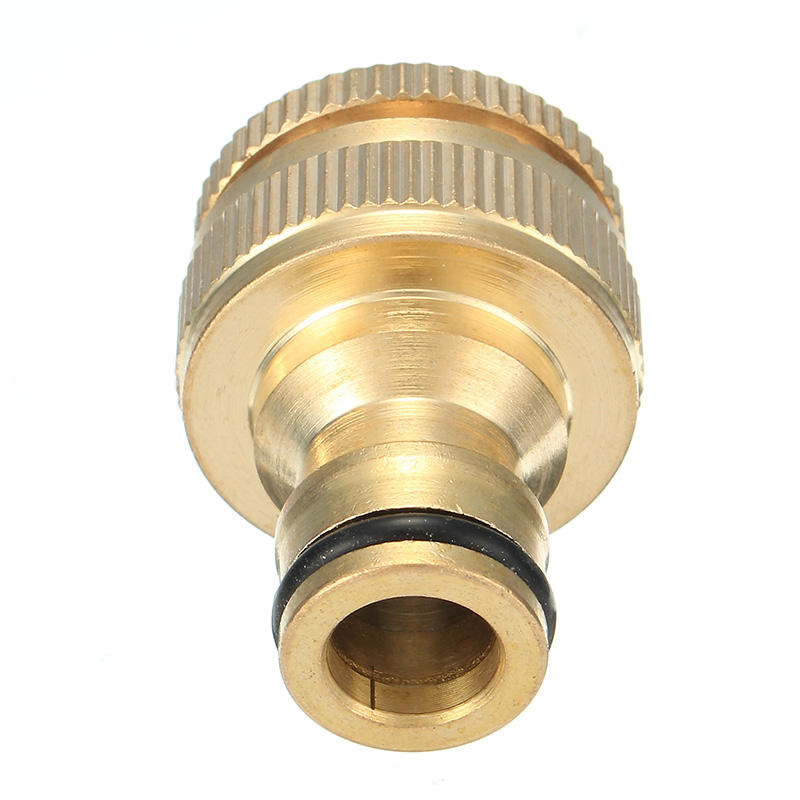
Common Mistakes to Avoid:
Choosing the Wrong Size: One common mistake is selecting the wrong size supply line adapter, leading to compatibility issues and leaks. It’s essential to accurately measure the faucet and supply line diameters and choose an adapter that matches the correct size and type.
Incorrect Installation: Improper installation of the supply line adapter can result in leaks, water damage, or malfunctioning faucets. Following the manufacturer’s instructions carefully and using the correct tools and techniques are essential for a successful installation.
Neglecting Maintenance: Neglecting to inspect and maintain the supply line adapter regularly can lead to issues such as leaks or corrosion over time. Homeowners should perform routine maintenance checks and address any problems promptly to ensure the adapter’s continued functionality.
Using Low-Quality Materials: Opting for low-quality or cheaply made supply line adapters can result in poor performance, leaks, or premature failure. Investing in high-quality adapters made from durable materials such as brass or stainless steel ensures longevity and reliability.

Can I use any supply line adapter with my kitchen faucet?
No, it’s essential to choose a supply line adapter that is compatible with your specific faucet and plumbing configuration. Consider factors such as size, type, and material to ensure a proper fit and reliable connection.
How do I know if my supply line adapter is leaking?
Signs of a leaking supply line adapter may include water puddles or stains under the sink, dripping or spraying water from the connections, or a noticeable decrease in water pressure. Regularly inspecting the adapter for any signs of leaks and addressing them promptly can prevent water damage and costly repairs.
Can I install a supply line adapter myself, or do I need a professional plumber?
While installing a supply line adapter is a relatively simple task, homeowners with little to no plumbing experience may prefer to hire a professional plumber for assistance. A plumber can ensure proper installation, address any potential issues, and provide peace of mind.
How often should I replace my kitchen faucet supply line adapter?
The lifespan of a supply line adapter depends on various factors such as usage, water quality, and maintenance. Generally, it’s a good idea to inspect the adapter periodically for signs of wear or damage and replace it as needed to prevent leaks or malfunctions.
Are there any safety precautions I should take when installing a supply line adapter?
Yes, it’s essential to shut off the water supply to the kitchen sink before beginning the installation process to prevent water damage or injury. Additionally, use caution when working with tools and ensure that all connections are tight and secure to prevent leaks. If you’re unsure or uncomfortable with the installation process, consider hiring a professional plumber for assistance.
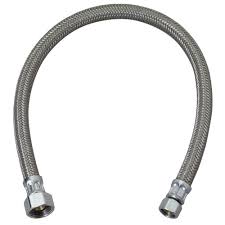
Faucet Connector – Supply Lines Faucet Water Supply Connector Universal Faucet Water Supply

1/2 & 3/4 Inch Brass Faucet Adapter Female Washing Machine Tap Hose Quick Connector
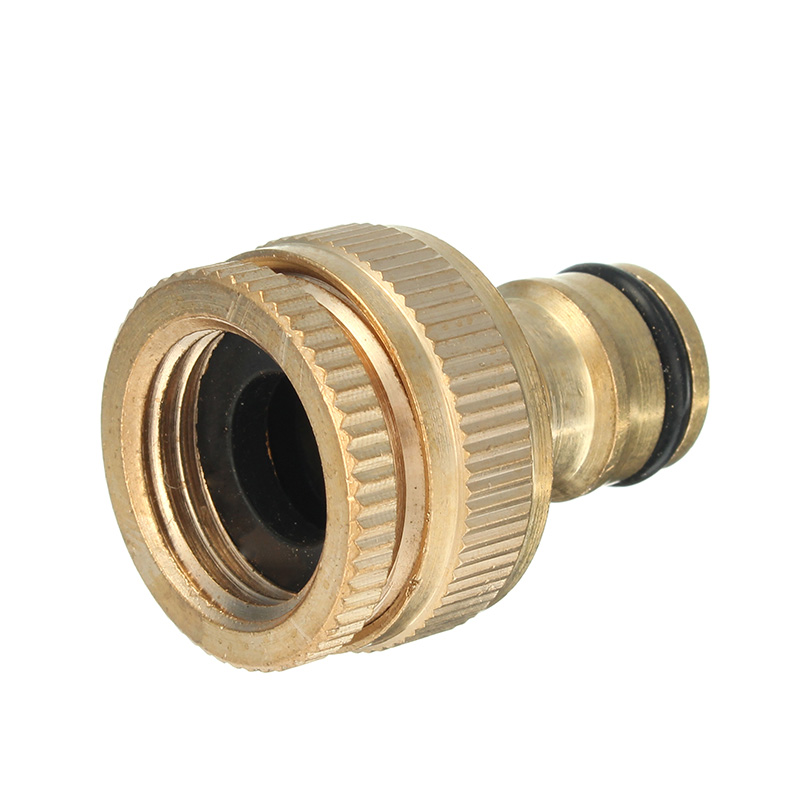
Danze Quick Connect

Life Rebooted – Replacing our kitchen faucet
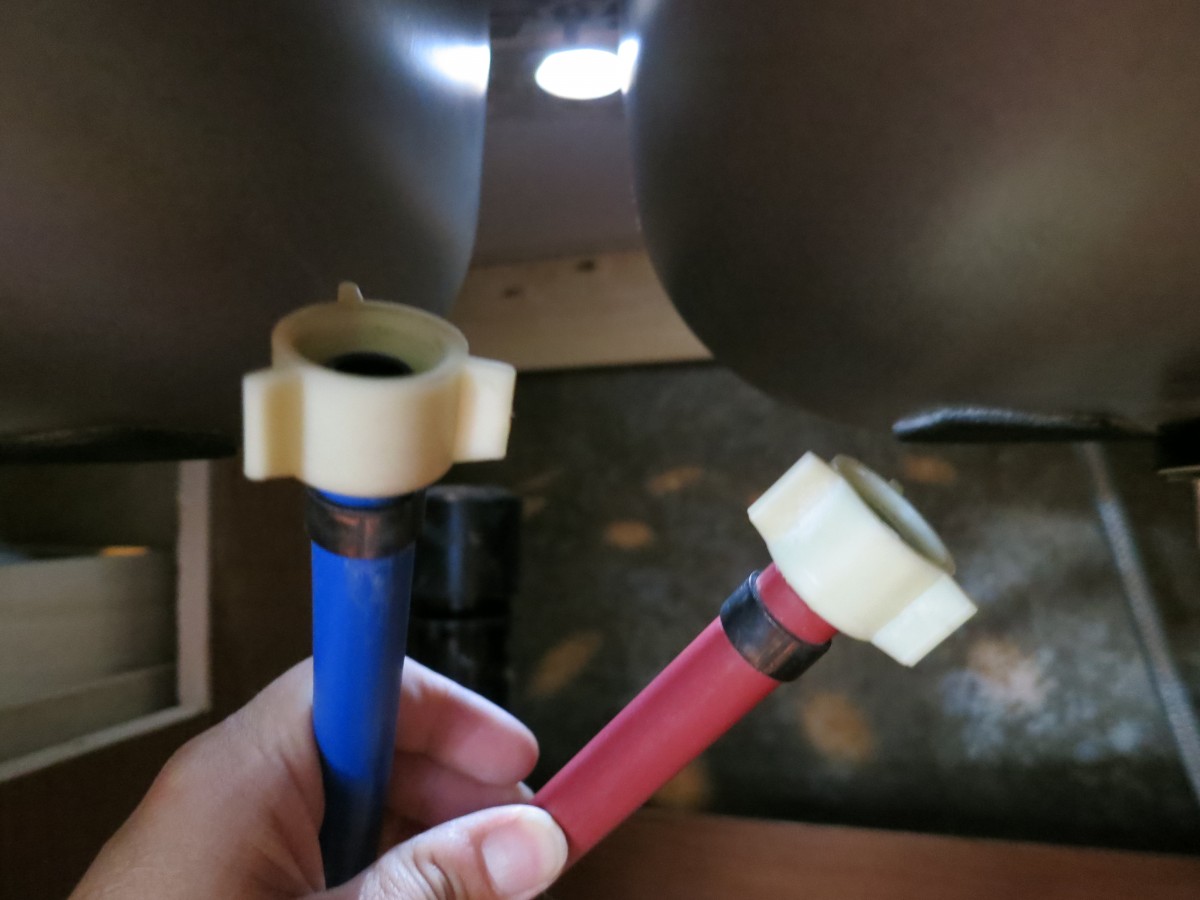
Related Posts:
- Vigo Stainless Steel Kitchen Faucet
- Kitchen Faucet Dripping Water
- Riobel Mizo Kitchen Faucet
- Peerless Pull Out Kitchen Faucet
- Moen Boutique Pulldown Kitchen Faucet Reviews
- How To Take Apart Moen Single Handle Kitchen Faucet
- Kraus Kitchen Faucet Reviews
- Semi Professional Kitchen Faucet Reviews
- Moen Kitchen Faucet Sprayer Leaking
- Kitchen Faucets Philadelphia